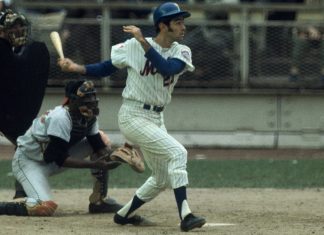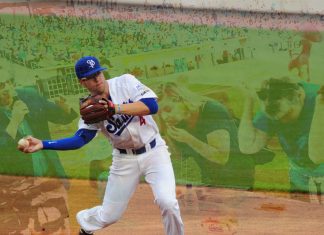Stress is to sports as Harry is to Sally—you can’t have one without the other. Think about all the external and internal pressure that an athlete faces: expectations of success from coaches, parents, fans, teammates, fantasy owners, and perhaps most of all, expectations of their own performance. Combine that with the natural stress of playing a competitive game and how that stress level rises as the stakes get higher and higher. This often leads to players doing uncharacteristic things or defaulting to certain patterns that aren’t effective.
Why does that happen, and how are guys like Stephen Curry and Tom Brady as cool as the other other side of the pillow while others run around like the chicken in Rocky II? It all has to with how excess stress affects our command center, the brain.
The reality with stress is that the right amount of stress is actually quite beneficial. It begins a cascade in your brain that activates the sympathetic nervous system (SNS aka the “fight or flight” response) to harness the body’s resources to complete the task.
The problem, however, becomes when stress reaches excess levels and there’s a law of diminishing returns. Visually, you can think of stress and performance as a bell curve, like this one:
The peak is that perfectly primed state where you feel like the high school quarterback walking into the house party getting dapped up and giving the wink and the finger guns without a care in the world….and then you have one drink too many, hit the downhill part of the curve, and end up curled up in a ball in the bathroom. Well, that escalated quickly.
For athletes, that balance of stress and performance is critical. A balance that is progressively more important as the competitive level rises and the margins become thinner and thinner with the microscope turned up to 32x. Many players struggle to keep that balance in check, and it leads to things like questionable decision making, uncontrollable emotions, and trying the same thing over and over even if it’s not working (i.e. insanity).
For example, and it hurts my blue-blood-pumping heart to say this, it’s like Clayton Kershaw constantly trying to get his fastball over in a critical inning (usually the sixth) rather than going to his offspeed pitches like his back-foot slider or 12-to-6 curve…and consistently getting shellacked.
The basis for these excessive-stress induced changes occurs at the brain. Namely, it derails the prefrontal cortex (the high-level, executive-decision-making center of your brain) while reinforcing the limbic system (the emotional circuit of your brain).
As the stress level ratchets up, that teeter-totter between the PFC and limbic system continues to lean toward the latter and becomes self-reinforcing. The athlete becomes more prone to mistakes, reverting back to previous patterns, and losing a handle on their emotions.


Stress physiologically hijacks athletes’ brains. The next time you’re watching a game that stresses you out, take a second to observe how players are reacting on the playing surface. It will give you a lot of insight into what’s happening inside their brains. And then when your friend frustratingly wonders “why the hell does James Harden always turn into a pumpkin late in the playoffs,” you can answer, “well, there’s this stress curve…”
















